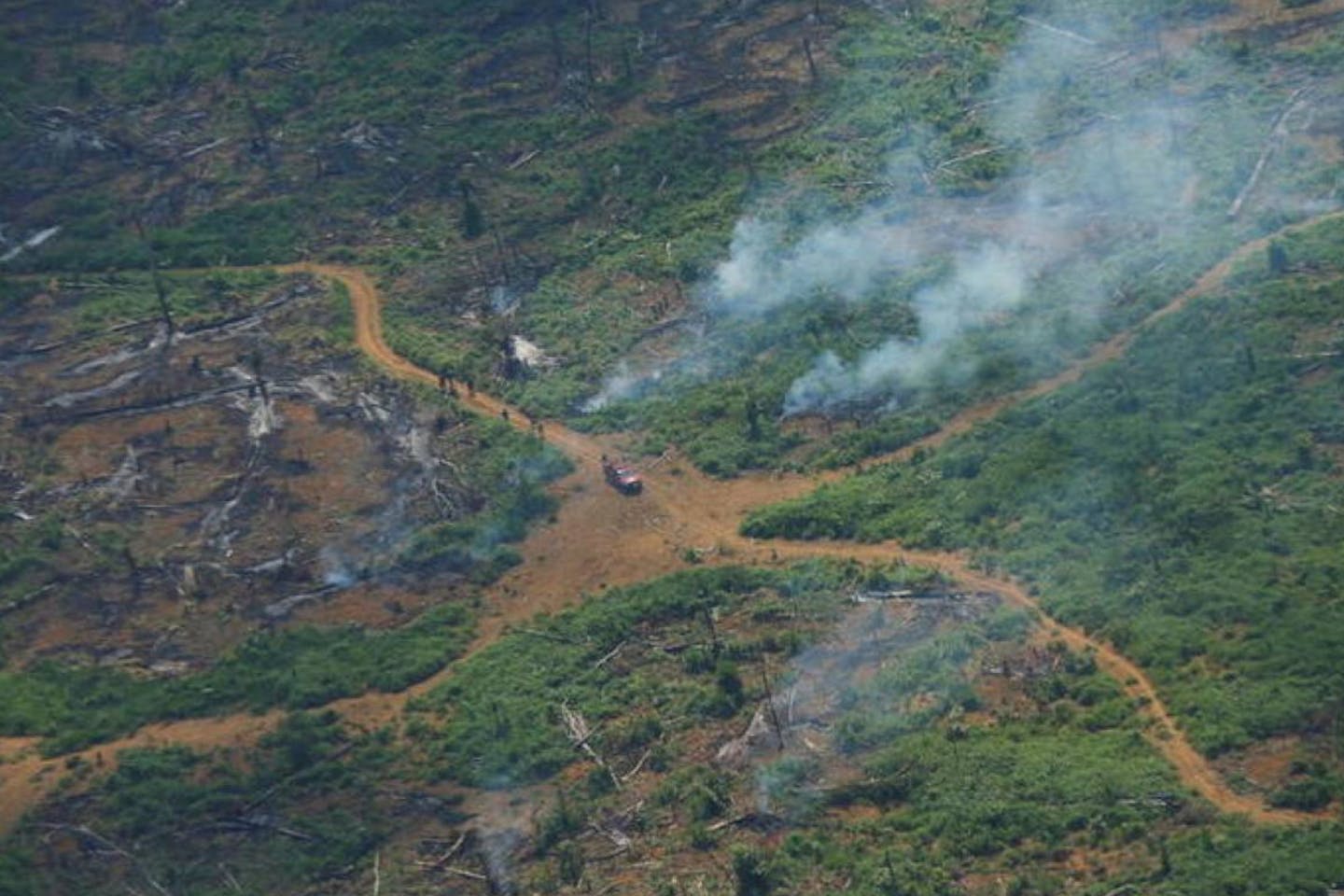Source >>>
To embrace sustainable forestry, residents of rural communities must view it as a reliable source of stable income. Government institutions could reduce economic uncertainty through legislation and incentives.


By Pedro FrizoJan. 11, 2022
- The protection and conservation of biomes, especially tropical rainforests, are critical to the achievement of climate goals, especially in countries with abundant forest cover. Nevertheless, the latest monitoring data show significant deforestation in many of these areas, including in countries with the world’s most extensive forest covering.
In October 2021, Brazil’s National Institute for Space Research reported the highest level of forest loss in the Amazon recorded in the month since monitoring began five years ago. The problem is not limited to the Amazon. The world’s second-largest tropical forest, the Congo River Basin, lost more than 15 million hectares, or 8 per cent of its original covering, between 2001 and 2020.
Global goals to promote biodiversity, such as those agreed on at the recent United Nations Climate Change Conference (COP26), are critical to raising awareness about ecosystem loss and ensuring accountability at the international level. Most of the actual conservation work, however, must necessarily be carried out locally.
Enabling people in these biodiverse regions to coexist with their environment is essential to ensuring the survival of forest biomes. Earning a livelihood from forests, however, is not a simple task. Activities like mining and logging are more lucrative – at least in the short term – than forest management, sustainable farming and ecotourism.
A recent survey of land-use dynamics, conducted over the course of two years, in the Brazilian Amazon, offers some insights into how governments and non-governmental actors can promote forest conservation at the local level. For starters, understanding the needs and concerns of residents is critical. Civil society organizations working in the Amazon, for example, learnt that economic stability is a top concern for rural farmers. With this knowledge, non-governmental organisations (NGOs) introduced new agricultural practices based on the latest science. Doing so enabled activities such as cattle ranching and coffee production to coexist with recovering forests.
Other programmes implemented during this period taught small rural farmers forest management techniques and how to replant native species. Extension agents working with the NGOs provided technical assistance to the farmers and set up demonstration units to help residents understand the benefits of the new methods. Enthusiastic promotion of the techniques and evidence that these techniques improved production were decisive factors in encouraging local farmers to adopt them and engage in sustainable forestry activities.
In addition to introducing forest-friendly farming practices, civil society organizations in the Amazon worked with small producer cooperatives to integrate remote communities into bigger markets. These networks allow farmers to earn money from the forests without harming them. But this infrastructure is fragile. According to data collected by Conexsus, the annual income that sustainable cooperatives in the Brazilian Amazon generated for their members in 2019 was under half of Brazil’s minimum wage for that year. Such low returns make it difficult to attract farmers away from more profitable but less sustainable activities.
To embrace sustainable forestry, residents of rural communities must view it as a reliable source of stable income. Government institutions could reduce economic uncertainty through legislation and incentives.
Unfortunately, recent policy changes actually limit the viability of sustainable forestry in Brazil. The gradual weakening of the national bodies responsible for controlling and monitoring land use is one of the main causes of the recent increase in deforestation in the Amazon Basin, and Brazil’s rural credit policy does little to support environmentally sustainable economic initiatives. In 2019 and 2020, only 3 per cent of disbursements made by financial institutions in the Amazon region were directed toward sustainable activities; most of the rest went to industries known to be damaging the local ecosystem, such as soybean production and large-scale cattle-ranching.
Community-led organizations are key to promoting sustainable forestry, but their ability to effect change is limited, owing to a lack of capital. Activities like teaching rural farmers more sustainable techniques, creating markets that encourage investment in forest products, and developing ways to integrate Amazon communities into value chains are time-consuming and expensive.
Forest preservation depends on several interconnected factors. Legislation to support conservation efforts and more funding for initiatives like those mentioned here will help promote work that is positive for the environment. But without structural changes at both the national and local level to enable rural residents to earn a living from sustainable forest activities, the destruction of Earth’s most important forest biomes will continue.
Pedro Frizo, an editorial member of Ceiri News, is an economist and associate at Instituto Conexões Sustentáveis – Conexsus, an NGO focused on developing rural and forest enterprises that conserve biomes in Brazil.
Copyright: Project Syndicate, 2021

